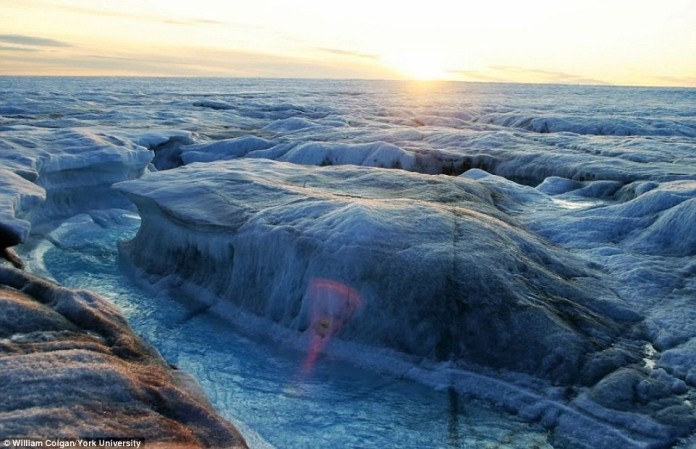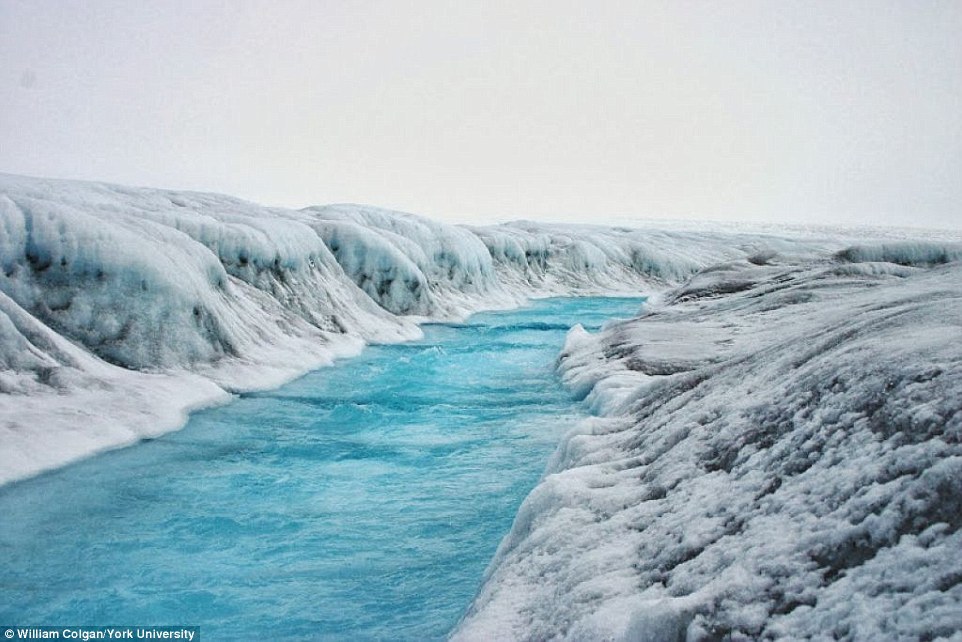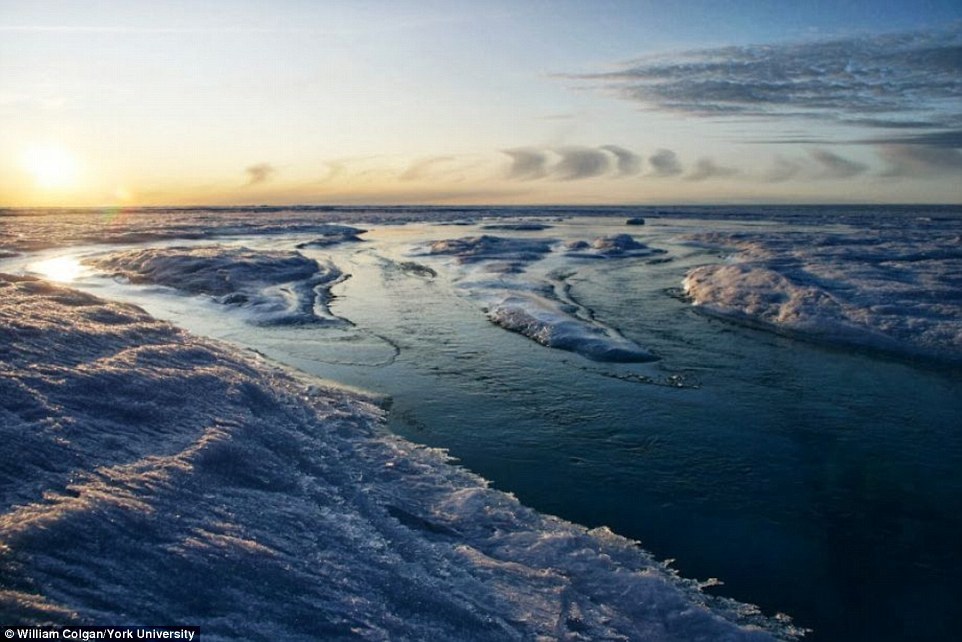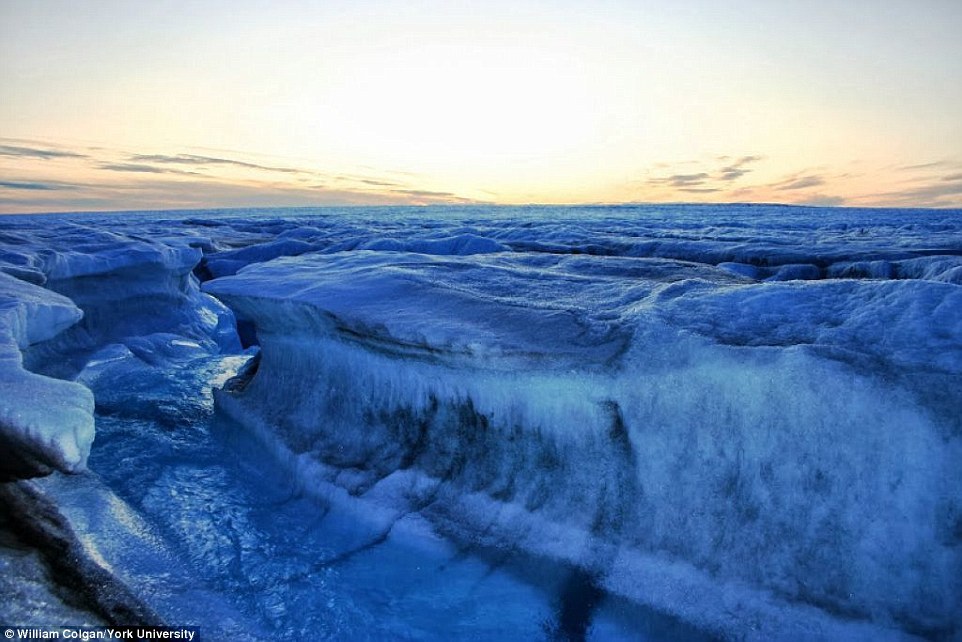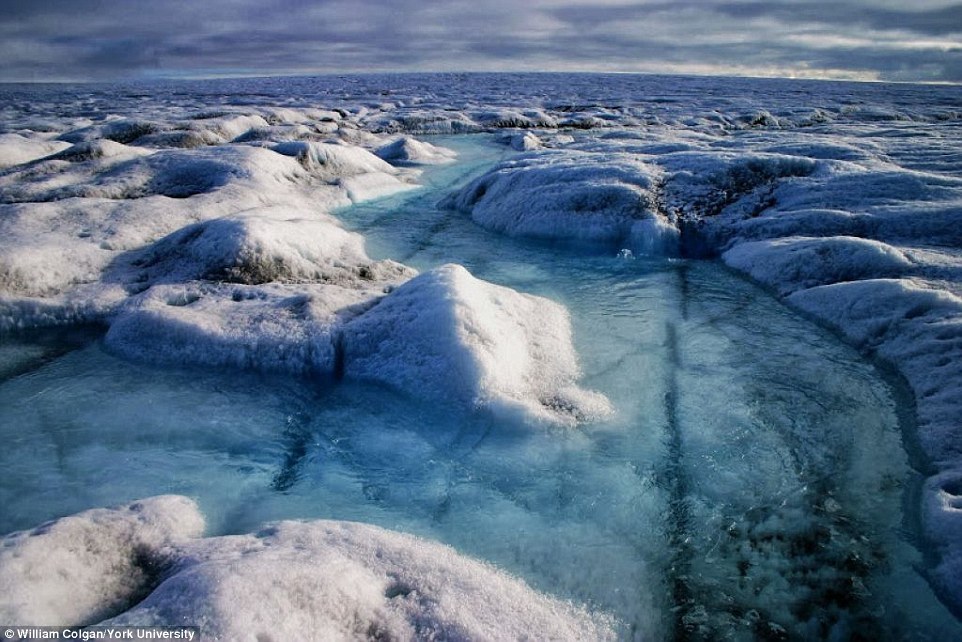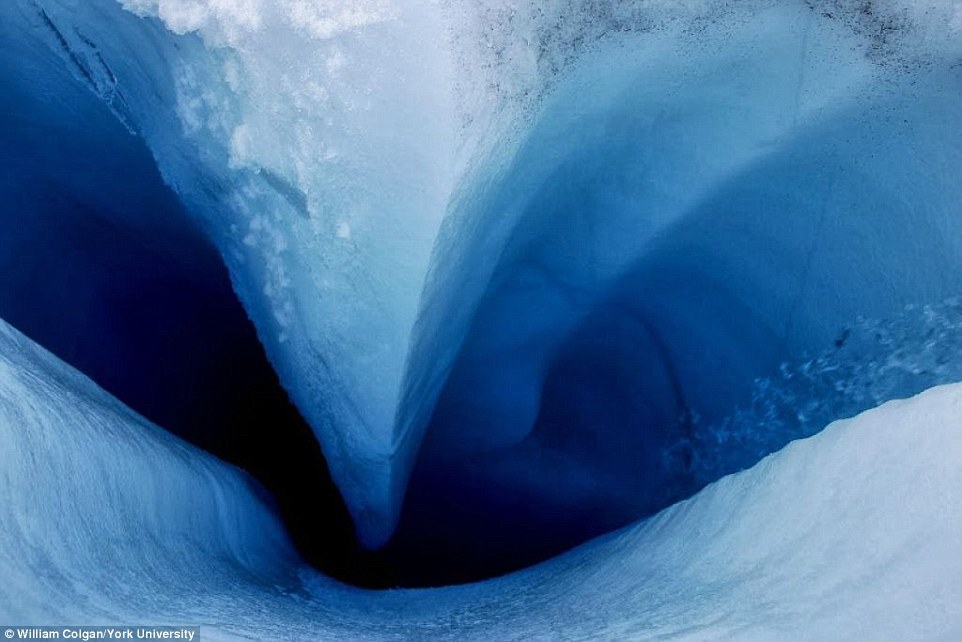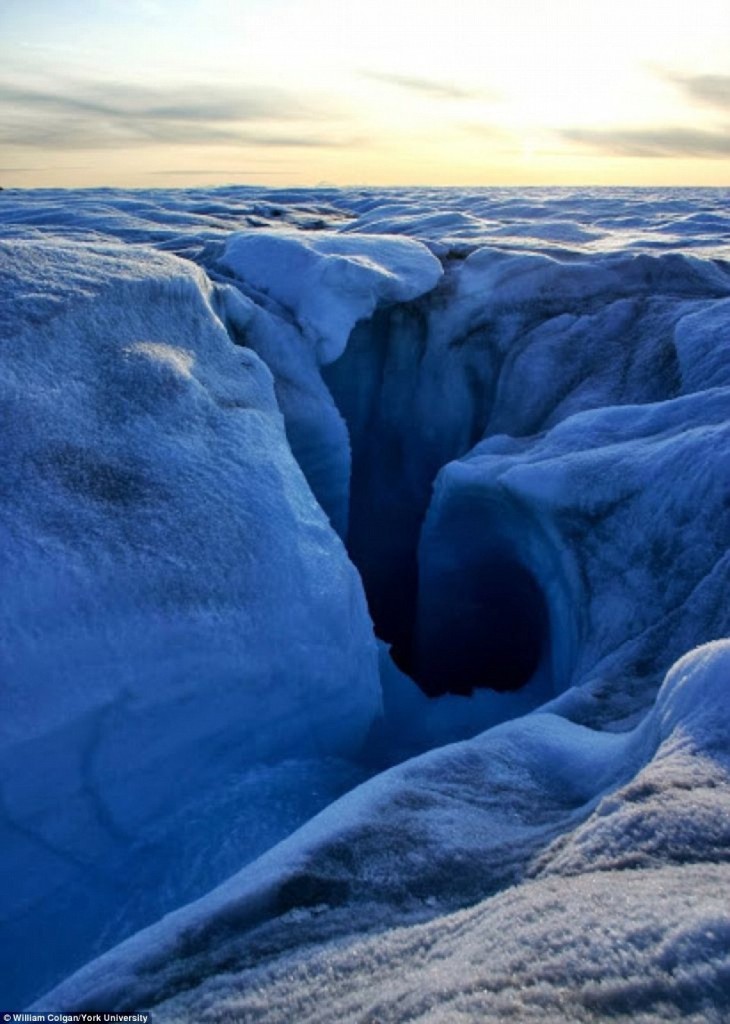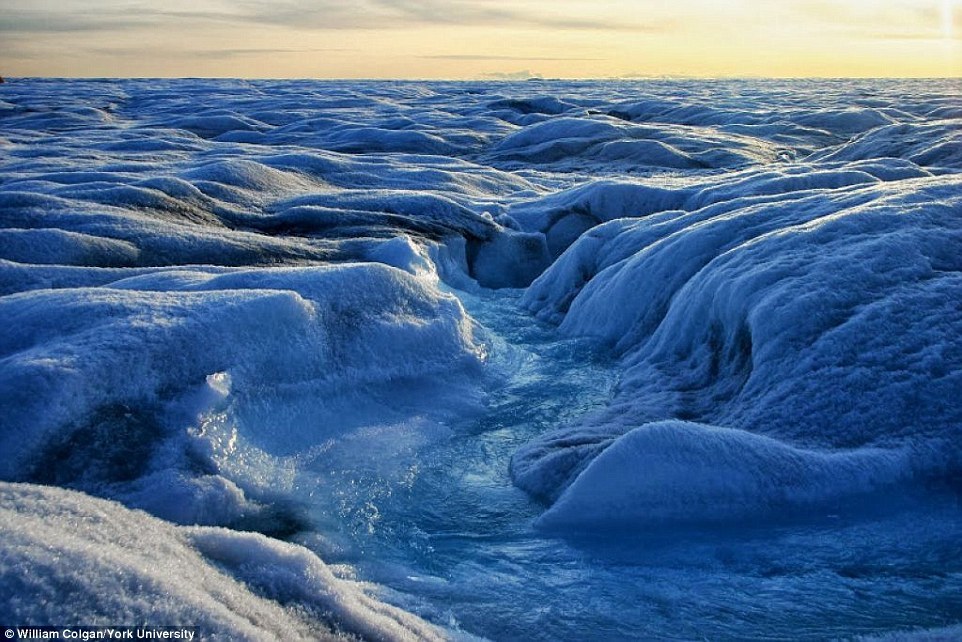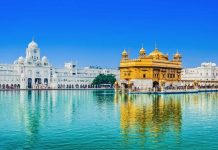William Colgan has taken stunning pictures, recording incredible speed of ice melting on the surface of Greenland.
- 28+ photos show how couple dating on the tops of the mountains
- 22 most beautiful small towns in the world you must visit in your lifetime
- Georgia travel photos — 20+ captivating photos show Georgia is heaven on the Earth
- Where to take best photos in Paris? — 17+ good spots & best places to take pictures in Paris you should know
- India photos — 27+ reasons why you should visiting India
The pictures of melting icebergs in Greenland taken during a recent expedition are beautiful, marvelous but they are also the warning signs of fierce climate change happening at the present time.
The above picture was taken during a geological survey in Denmark and Greenland led by Professor Horst Machguth.
These stunning pictures are provided by William Colgan, who is an assistant professor in Earth and Space Sciences and Engineering at York University in Toronto, Canada.
Studies have shown that most of the surface of ice in Greenland has melted and formed big grooves. The surface becomes thinner and more angular.
The firn layer (when in a state of snow turning into ice) absorbs 30-40% of the water from melting ice surface. This amount of water doesn’t flow into the ocean so it hasn’t made sea levels rise.
The ice surface has been severely affected, forming many rivers of meltwater. If temperature continues rising, making ice melt, it can lead to rising sea levels which threatens human life.
The Greenland ice sheet has melted more than 9 trillion tons of ice in the past century and it is rapidly melting more and more.
Approximately 81% of the surface in Greenland is covered in ice, the weight of ice has compressed the heartland, forming a pan shape more than 300 m (1,000 ft) lower than sea levels.
The highest place on Greenland ice sheet is Gunnbjørn mountain in the east, 3,693 m in height. Greenland coastline is 44,087 km long, approximately the same as the length of the circumference of Earth’s equator.
If the ice sheet melts entirely, the sea levels will be more than 7 m higher and Greenland may become an archipelago.
In February 2006, the researchers reported that ice in Greenland was melting at a rate twice as fast as one in five years before.
In 2005, the annual amount of melting ice was estimated at 216 cubic kilometers/ year (52 cubic miles per year).
Between 1991 and 2006, the check on weather showed that average temperature in winter had increased nearly 10 degrees.































![10 best airports in Asia in 2016 [RANKED] kuala-lumpur-international-airport-best airports in asia in 2016 by skytrax ratings](https://livingnomads.com/wp-content/uploads/2016/08/29/kuala-lumpur-international-airport-best-airports-in-asia-in-2016-by-skytrax-ratings-218x150.jpg)








